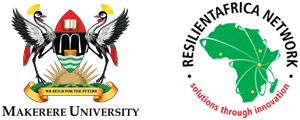A Practical Model for Building Resilience Across Africa
The RAN Resilience Framework is a structured, evidence-informed approach to understanding and enhancing resilience in sub-Saharan Africa. Originally adapted from the Tulane University Disaster Resilience Leadership Academy (DRLA) model, it has been locally contextualized through extensive stakeholder engagement across our four Resilience Innovation Labs (RILabs) in Eastern, Horn, West, and Southern Africa.
What is Resilience?
In RAN’s context, resilience is the ability of individuals, communities, and systems to:
- Anticipate and reduce risk
- Adapt to shocks and stresses
- Recover effectively
- Learn and grow stronger from adversity
Resilience isn’t just surviving, it’s the capacity to thrive in the face of challenge.
Our 4-Step Framework
In RAN’s context, resilience is the ability of individuals, communities, and systems to:
Purpose of the Framework
The RAN Resilience Framework was designed to:
Understand the root causes of vulnerability and exposure
Identify what helps people and systems withstand, adapt to, and recover from shocks
Define resilience dimensions and indicators for effective measurement
Guide evidence-based interventions that drive real, long-term change
Learn, Apply and Scale
This framework is actively used to guide RAN’s work and help stakeholders across Africa design smarter, more impactful resilience strategies.


